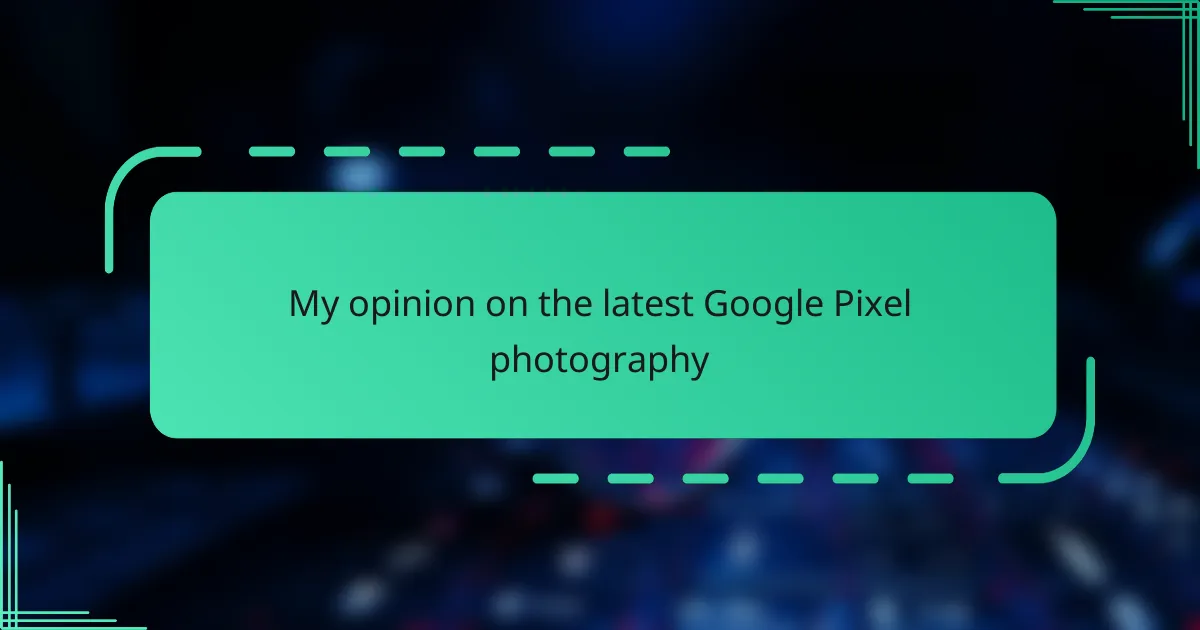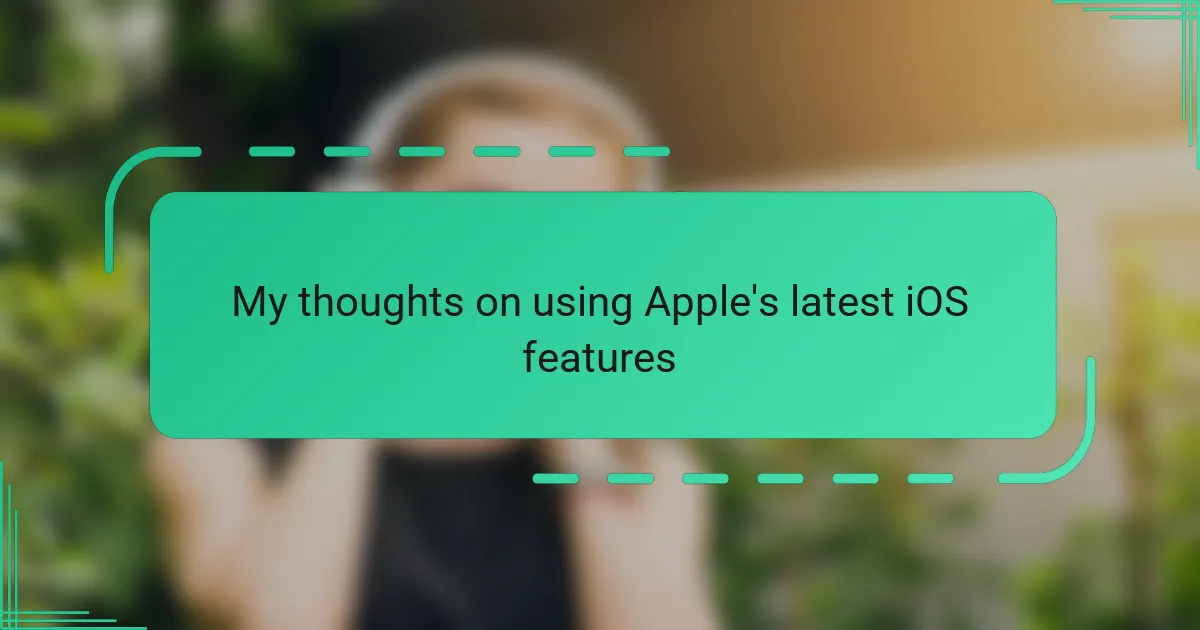Key takeaways
- Google Pixel photography combines user-friendly design with advanced computational techniques, producing high-quality images effortlessly.
- Recent models have improved significantly in image processing, low-light performance, and dynamic range, making smartphone photography more competitive with dedicated cameras.
- Practical features like Night Sight and Super Res Zoom encourage creative exploration and enhance everyday photography experiences.
- The latest Pixel models offer a blend of usability and refined performance, making them ideal for both casual and serious mobile photographers.
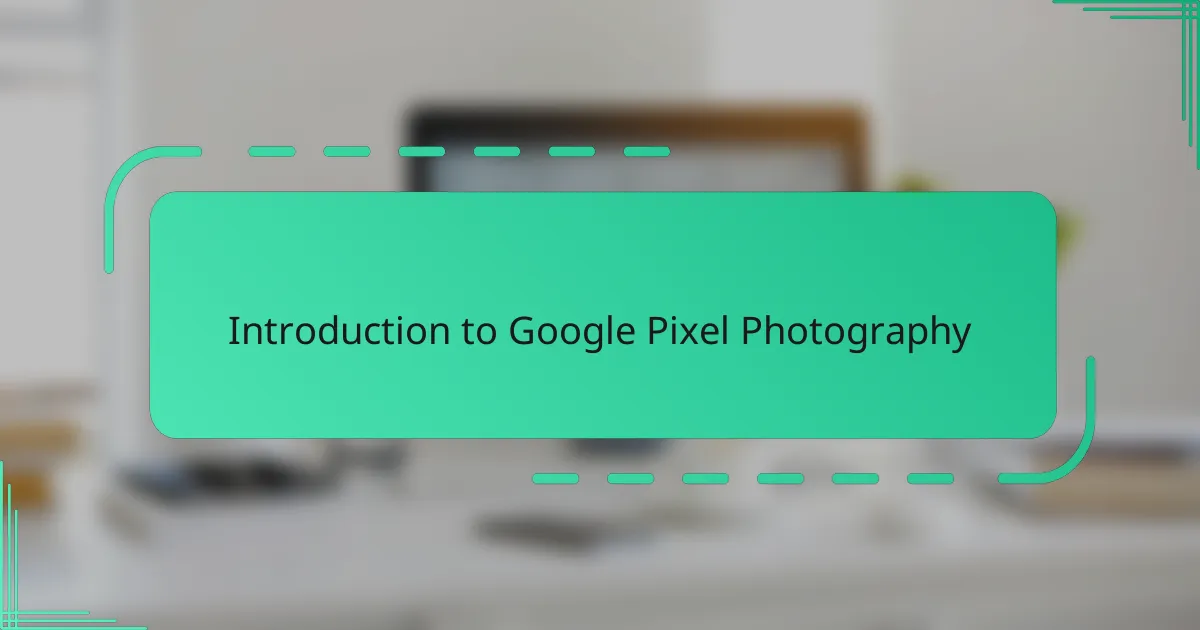
Introduction to Google Pixel Photography
Google Pixel photography has always intrigued me because it blends simplicity with impressive technical prowess. I remember the first time I used a Pixel phone for a casual shoot—I was amazed at how effortless it was to capture sharp, vibrant images without fiddling with complex settings. Have you ever wondered how a smartphone can compete with professional cameras? The Pixel’s fusion of hardware and smart software algorithms makes it possible, delivering stunning photos that often feel like they tell their own story.
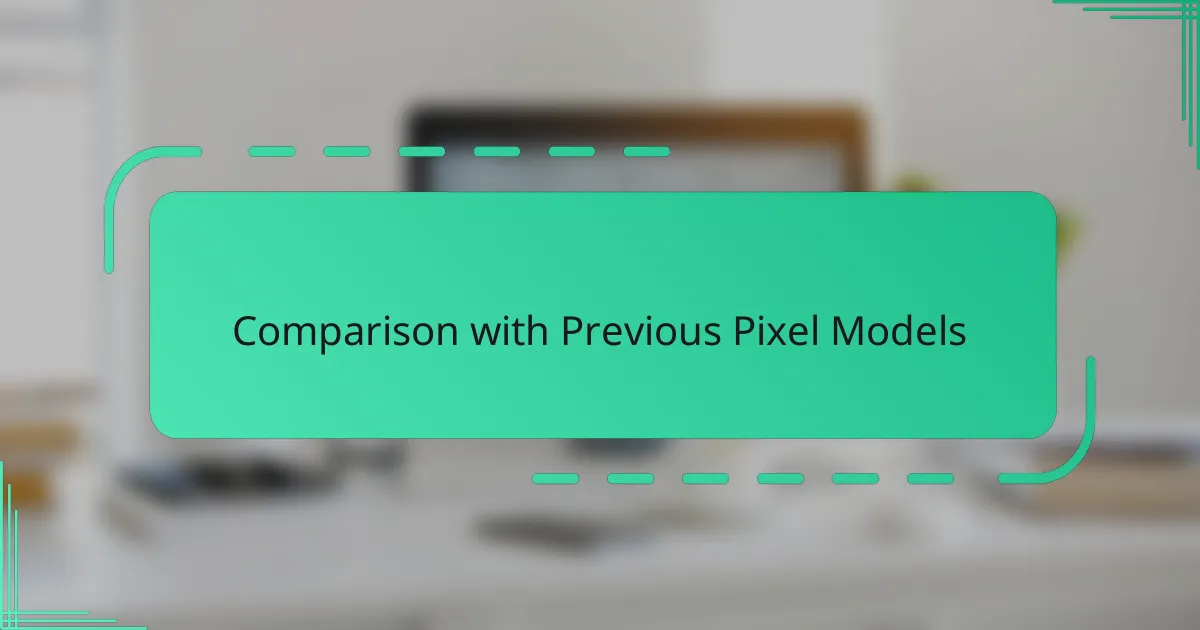
Comparison with Previous Pixel Models
Looking back at previous Pixel models, I’ve noticed a clear evolution in how Google approaches photography. The latest Pixel feels like a natural step forward—but it’s not just about adding more megapixels. What really strikes me is how the image processing has become smarter and more refined, producing photos that feel richer and more nuanced compared to earlier versions.
I recall my experience with the Pixel 3, which was already impressive, especially in low-light conditions with Night Sight. Yet, the latest model takes this to another level, capturing details that make me pause and look closer. It’s like the phone understands the scene better now, which makes me wonder how much of this improvement comes from software versus hardware upgrades.
Do you remember how earlier Pixels sometimes struggled with color accuracy or dynamic range? The newest Pixel seems to handle these challenges much better, delivering balanced images that don’t feel overprocessed. From my perspective, this continuous refinement reflects Google’s commitment to pushing smartphone photography beyond expectations without overwhelming the user.
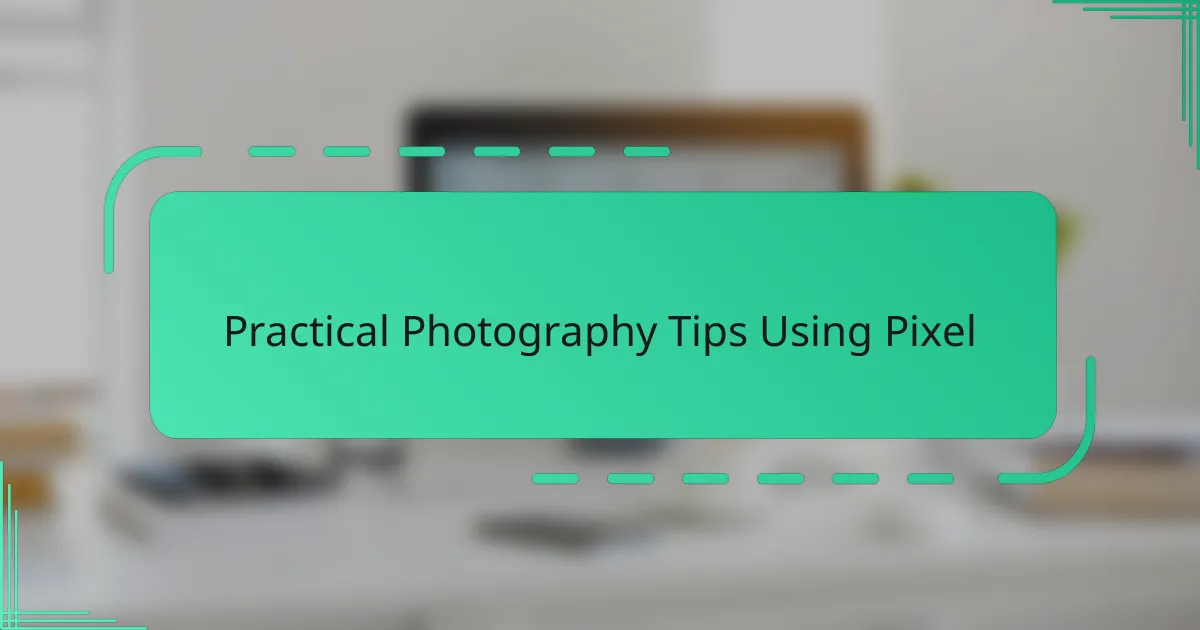
Practical Photography Tips Using Pixel
One practical tip I’ve found with the latest Pixel is to leverage its Night Sight mode even on dimly lit scenes during the day. I used it recently while photographing a cozy, dim café, and the results blew me away—every shadow and highlight was perfectly balanced without any noise. Have you tried pushing the boundaries of low light with your phone? The Pixel makes it surprisingly easy.
Another feature I constantly experiment with is the Super Res Zoom. Instead of awkwardly cropping later, I zoom in directly through the Pixel’s lens. I remember capturing a shot of a distant bird with crisp detail I didn’t expect from a phone camera. The difference this makes for outdoor shots is remarkable, and it encourages me to get creative with framing without losing clarity.
Lastly, I encourage you to explore the real-time photo editing tools on the Pixel. I often tweak portraits right after shooting, adjusting brightness or warmth to match the mood I felt at that moment. Isn’t it great when your phone becomes more than just a camera, becoming your mini editing studio? This immediacy keeps me connected to my photos and sparks new ideas for the next shot.
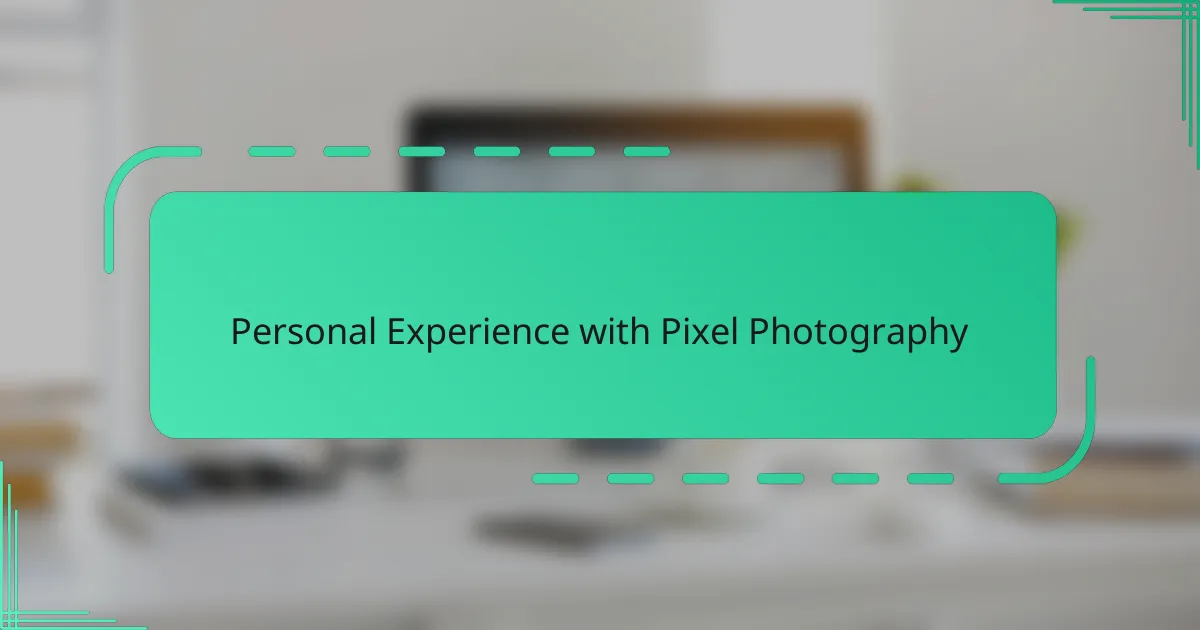
Personal Experience with Pixel Photography
Using the latest Pixel for photography has genuinely changed how I approach everyday moments. I remember capturing an unexpected sunset during a casual walk; the way the phone picked up subtle nuances in color and shadow made me pause and appreciate the scene more deeply. Have you ever felt that your phone suddenly becomes a gateway to seeing the world differently? That’s exactly what happened to me.
One thing that stood out during my shoots was how intuitive the camera felt. I didn’t need to overthink settings or worry about technicalities—I just pointed and clicked, trusting the Pixel to do the rest. This simplicity gave me a sense of freedom and made photography genuinely enjoyable, turning quick snapshots into little stories I wanted to keep.
At the same time, I found myself experimenting more creatively. The Pixel’s features encouraged me to try shots I might have skipped before, like low-light portraits or zoomed-in nature shots. Each time, the results surprised me, reminding me that good photography isn’t about fancy gear but about capturing moments with the right tool—and for me, the Pixel has become that tool.
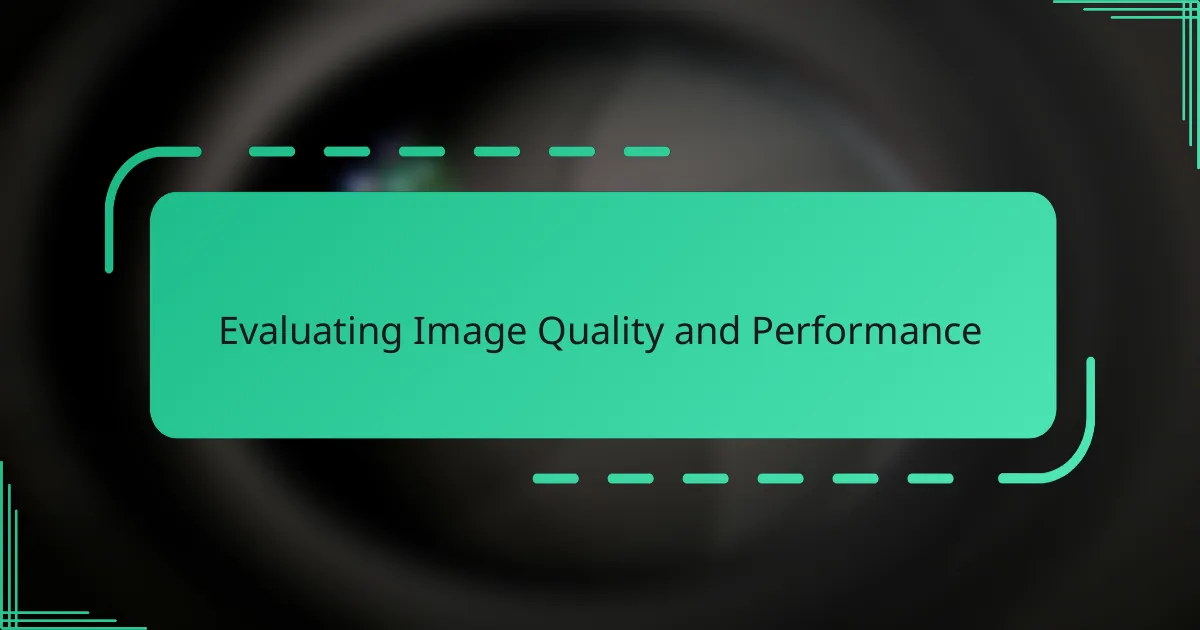
Evaluating Image Quality and Performance
When I first examined the image quality of the latest Pixel, I was immediately struck by the sharpness and clarity in daylight shots. It’s impressive how the sensor and software work in harmony to preserve fine details without making images look artificially enhanced. Have you noticed how some smartphone photos can appear either too smooth or overly processed? The Pixel avoids this pitfall, striking a natural balance that really resonates with me.
Performance-wise, the dynamic range deserves special mention. I took a few high-contrast scenes where shadows and highlights often get lost, and the Pixel handled them gracefully, capturing both ends of the spectrum without washing out colors or crushing shadows. This kind of balanced exposure is crucial in real-life shooting scenarios, and I appreciate how the phone’s algorithms make it almost effortless. It makes me wonder: how much longer will smartphone cameras keep narrowing the gap with dedicated cameras?
One moment that really impressed me was when I tested the Pixel in challenging lighting—indoors with mixed artificial and natural light. The resulting images held up remarkably well, maintaining color accuracy and minimal noise. From my experience, this level of performance in varied conditions speaks volumes about Google’s relentless focus on computational photography. Doesn’t it feel like we’re entering an era where pocket-sized devices can truly meet—and sometimes exceed—our expectations?
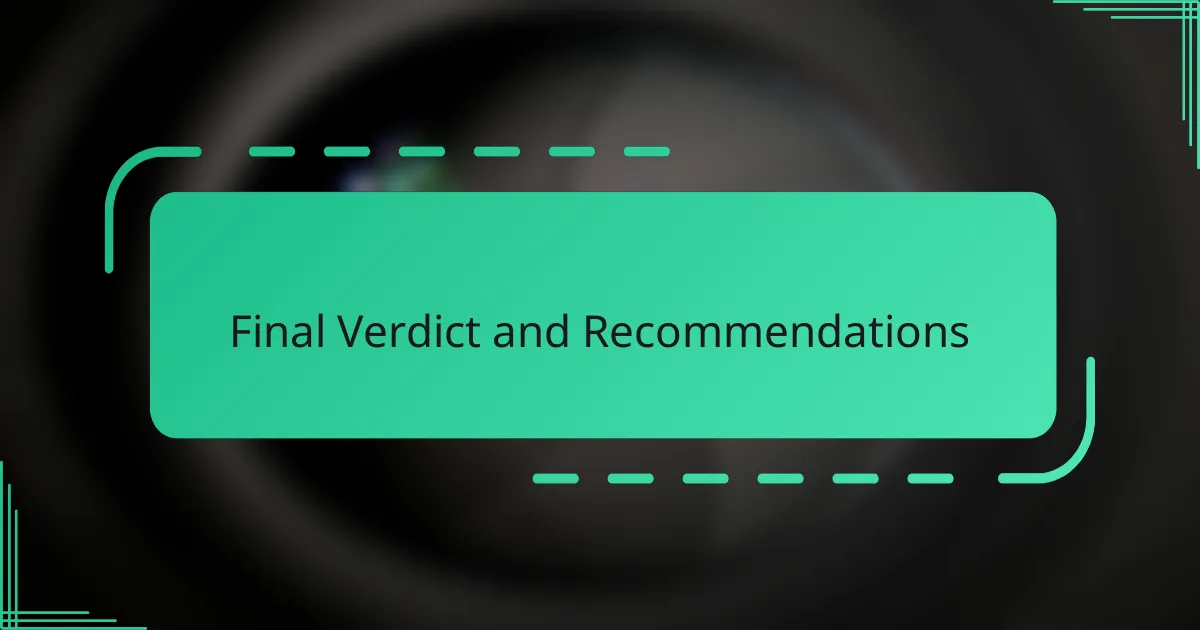
Final Verdict and Recommendations
After putting the latest Pixel through its paces, I feel confident saying it’s a strong contender for anyone serious about mobile photography. The blend of effortless usability and powerful computational photography not only delivers consistently stunning results but also invites even casual shooters to explore their creative side without intimidation. Have you ever wanted a camera that just understands what you need without the hassle? That feeling sticks with me every time I use this phone.
From my perspective, the Pixel’s improvements—especially in dynamic range and low-light performance—justify an upgrade if you’re coming from an older model or another brand. It’s not just about raw specs; it’s about how those specs translate into images that feel alive and authentic. If you enjoy capturing everyday moments or experimenting with different shooting modes, this phone can truly elevate your photography game with minimal effort.
That said, I recommend trying out its signature features like Night Sight and Super Res Zoom yourself to see how they fit your style. You might be surprised how quickly the convenience and quality make you rethink what’s possible from a smartphone camera. For me, this latest Pixel isn’t just a tool—it’s become a source of inspiration and a new way to connect with the world around me.
